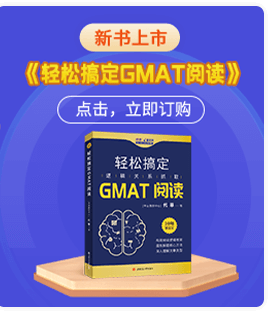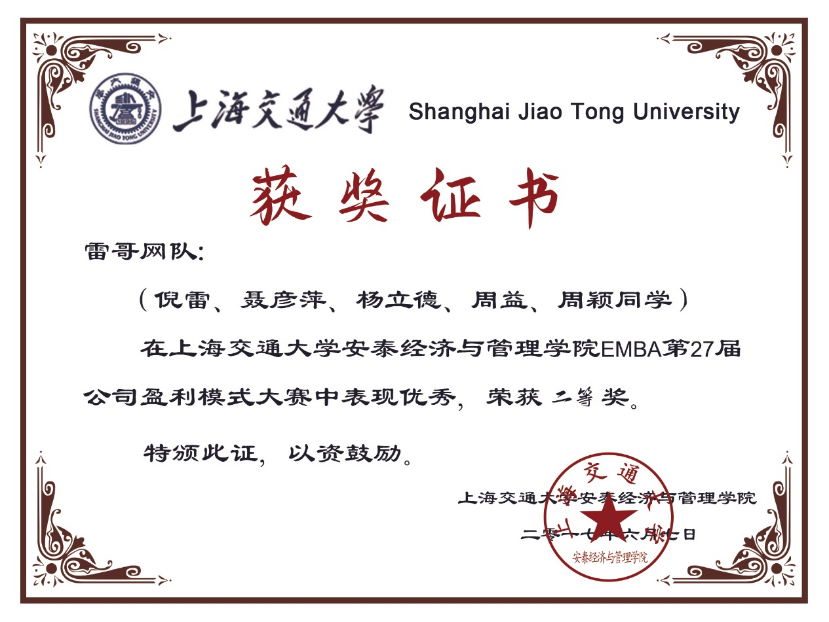视频解析

暂无视频解析,点击获取更多视频内容
文字解析
文章结构
结构1:西方管理者听取建议采用“战略伙伴关系”
①建议来源: numerous studies
②link→ strategic partnership
③ automobile sector→ strategic partnerships
结构2:unjustified assumption
① 战略伙伴关系数量少
② market-exchange relationships
第1题
这是一道主旨题,做主旨题一定要看结构句。
这篇文章共两段,第一段结构句指出西方管理者的态度,他们听取建议采取战略伙伴关系。第一段也是围绕着战略伙伴关系的正面态度展开。
而第二段的结构句指出作者的态度,研究表明有关日本公司采取战略伙伴关系的假设不合理,所以作者认为战略伙伴关系的影响并不都是正面的。第二段作者就从两个方面支持这个假设如何不合理:一是日本公司更少采用战略伙伴关系;二是他们使用市场交换关系。A选项,examining economic factors文章未提及,并没有具体的经济因素存在,文章也不是在检验因素。B选项,discussing the relative merits of strategic partnerships,作者对战略伙伴关系的态度为负,所以不会讨论它的好处,根据文章的Tone(语气,态度)可以排除这个选项。C选项,a widely held assumption about how Japanese firms operate 就是文章讨论的topic,战略伙伴关系,challenging the validity就是文章第二段的主要内容,也是文章的主要态度。所以这一题选C。D,文章没有解释西方公司在采取战略伙伴关系战略上行动迟缓。E,文章没有指出不同。所以选C
GMAT会员
- 【OG18-P680-668题】In a review of 2,000 studies of human behavior that date back to the 1940s, two Swiss psychologists, declaring that since most of the studies had failed to control for such variables as social class and family size, none could be taken seriously.
- 【OG18-P680-671题】Manufacturers rate batteries in watt-hours; if they rate the watt-hour higher, the longer the battery can be expected to last.
- 【OG18-P680-672题】At the end of the 1930s, Duke Ellington was looking for a composer to assist him-someone not only who could arrange music for his successful big band, but mirroring his eccentric writing style as well in order to finish the many pieces he had started but never completed.
- 【OG20-P569-634题】Snowmaking machines work by spraying a mist that freezes immediately on contact with cold air. Because the sudden freezing kills bacteria, QuickFreeze is planning to market a wastewater purification system that works on the same principle. The process works only when temperatures are cold, however, so municipalities using it will still need to maintain a conventional system. Which of the following, if true, provides the strongest grounds for a prediction that municipalities will buy QuickFreeze's purification system despite the need to maintain a conventional purification system as well?
- 【OG20-P147-8题】(12 -13 )+(13 -14 )+(14 -15 )+(15 -16 )=

添加官方小助手微信
了解更多GMAT考试与咨询















 400-1816-180
400-1816-180























 12G备考资料
12G备考资料